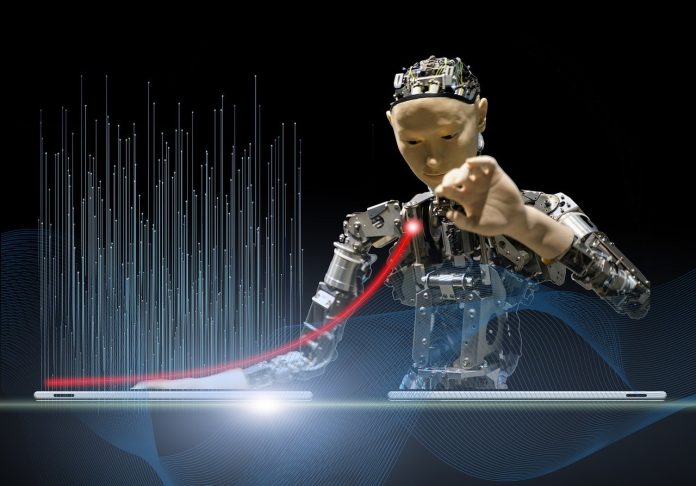[ad_1]
Spatial Computing: Redefining the Limits of Immersion and Interaction
Over the years, we have witnessed significant advancements in technology that have transformed the way we interact with digital information. From traditional desktop computers to smartphones and wearables, each leap has brought us closer to a more immersive digital experience. However, there is a new frontier on the horizon that promises to revolutionize the way we perceive and interact with the digital world: spatial computing.
Spatial computing refers to the integration of the physical and digital realms, creating a seamless blend between the virtual and the real. It leverages technologies such as augmented reality (AR), virtual reality (VR), mixed reality (MR), and computer vision to construct a highly interactive, spatially aware environment. The goal is to create an experience where users can interact with digital information as if it were part of the physical world.
One of the key elements of spatial computing is immersion. Unlike traditional screens and flat interfaces, spatial computing technologies enable users to deeply immerse themselves in a digital environment. VR headsets, for example, completely block out the real world and replace it with a fully virtual one. This allows users to not only see but also move and interact with the virtual environment, providing a level of immersion that was previously unimaginable.
With augmented reality, spatial computing brings the digital into the real world. It overlays virtual objects onto the physical environment, providing users with a new way to interact with digital information in real-time. From gaming and entertainment to education and healthcare, the possibilities for AR are endless. Imagine studying the human body by virtually dissecting it, or visualizing complex data sets in an intuitive and interactive way.
Spatial computing also redefines the limits of interaction. Traditional input methods such as keyboards and mice are replaced with more natural and intuitive gestures, voice commands, and even eye tracking. Users can reach out and grab virtual objects, manipulate them, and even collaborate with others in shared virtual spaces. This opens up a whole new realm of possibilities for collaboration, design, and creativity.
The applications of spatial computing go beyond entertainment and gaming. Industries such as healthcare, architecture, manufacturing, and education are already exploring its potential. Surgeons can use AR to overlay real-time patient data during surgery, architects can visualize buildings at scale before construction, and students can travel back in time to explore historical events firsthand. The potential for innovation and disruption is immense.
However, there are still challenges to overcome before spatial computing becomes mainstream. One of the main barriers is hardware. While VR headsets have become more accessible, they still require dedicated devices and have limitations in terms of comfort and mobility. As technology progresses, we can expect lighter, more comfortable, and more natural interfaces to emerge.
Privacy and ethical considerations also need to be addressed. As spatial computing gains popularity and becomes more integrated into our daily lives, questions around data collection and user privacy become crucial. Striking the right balance between immersive experiences and protecting user information will be essential for widespread adoption.
Despite these challenges, spatial computing holds immense promise. By redefining the limits of immersion and interaction, it has the potential to transform the way we learn, work, and play. As the technology continues to evolve, we can expect to see a digital world that seamlessly integrates into our physical reality, enhancing our experiences and expanding our capabilities. Spatial computing is not just a novelty; it is a fundamental shift in the way we perceive and interact with the world around us.
[ad_2]

